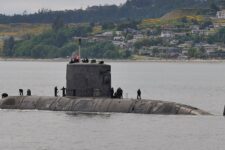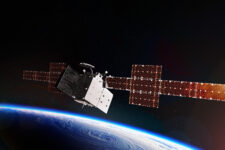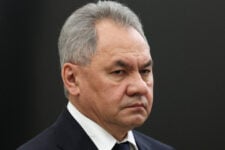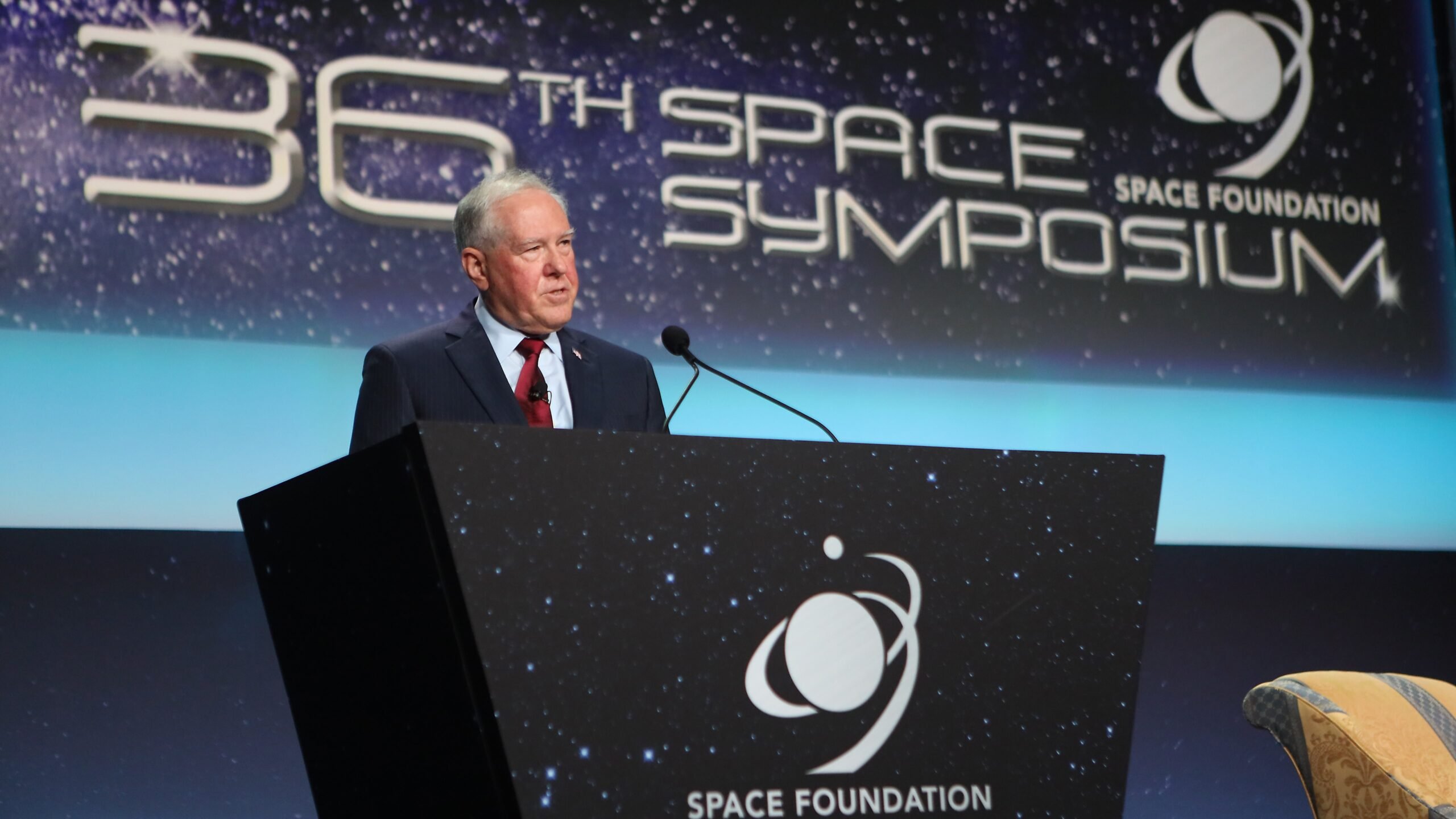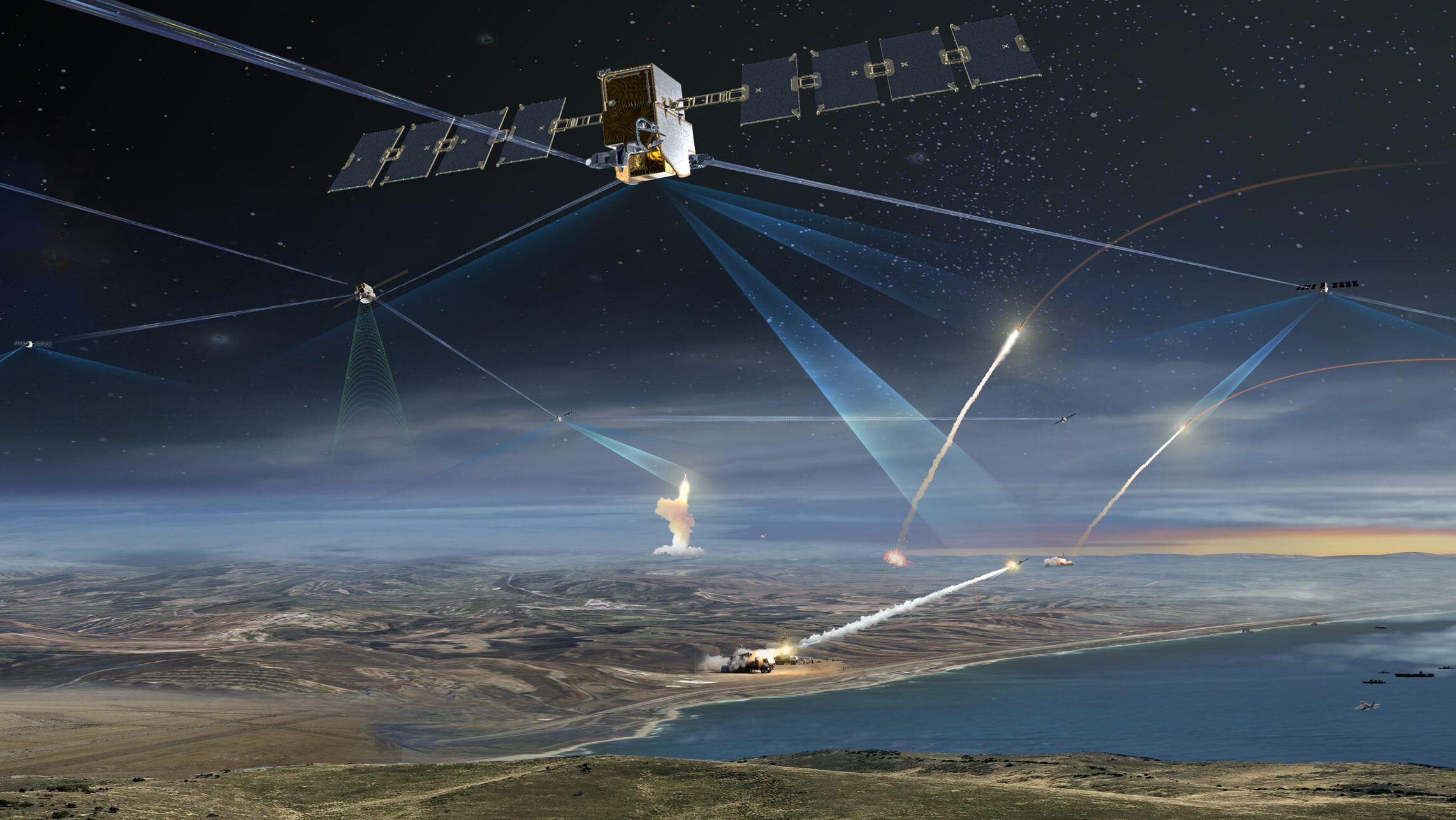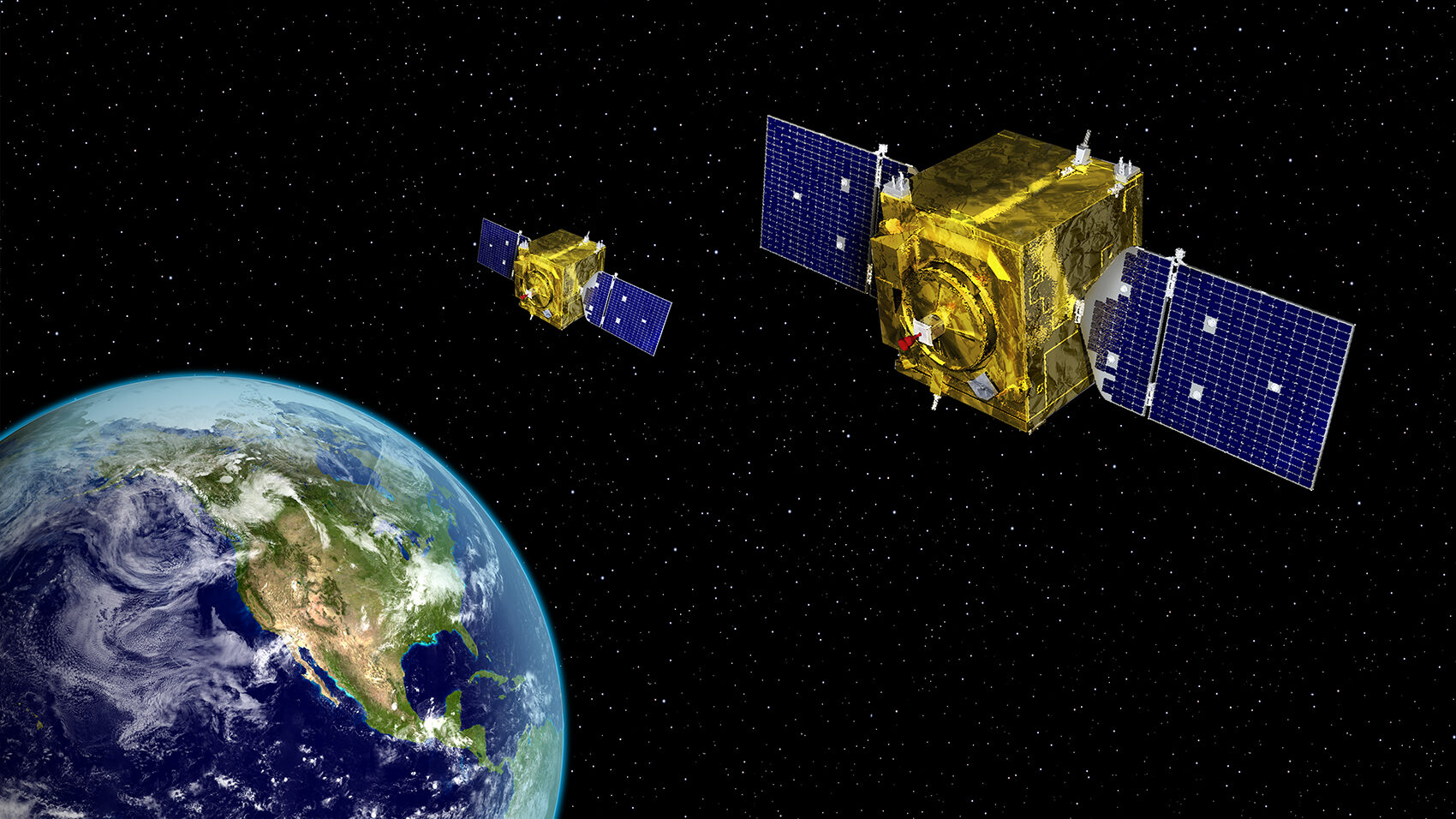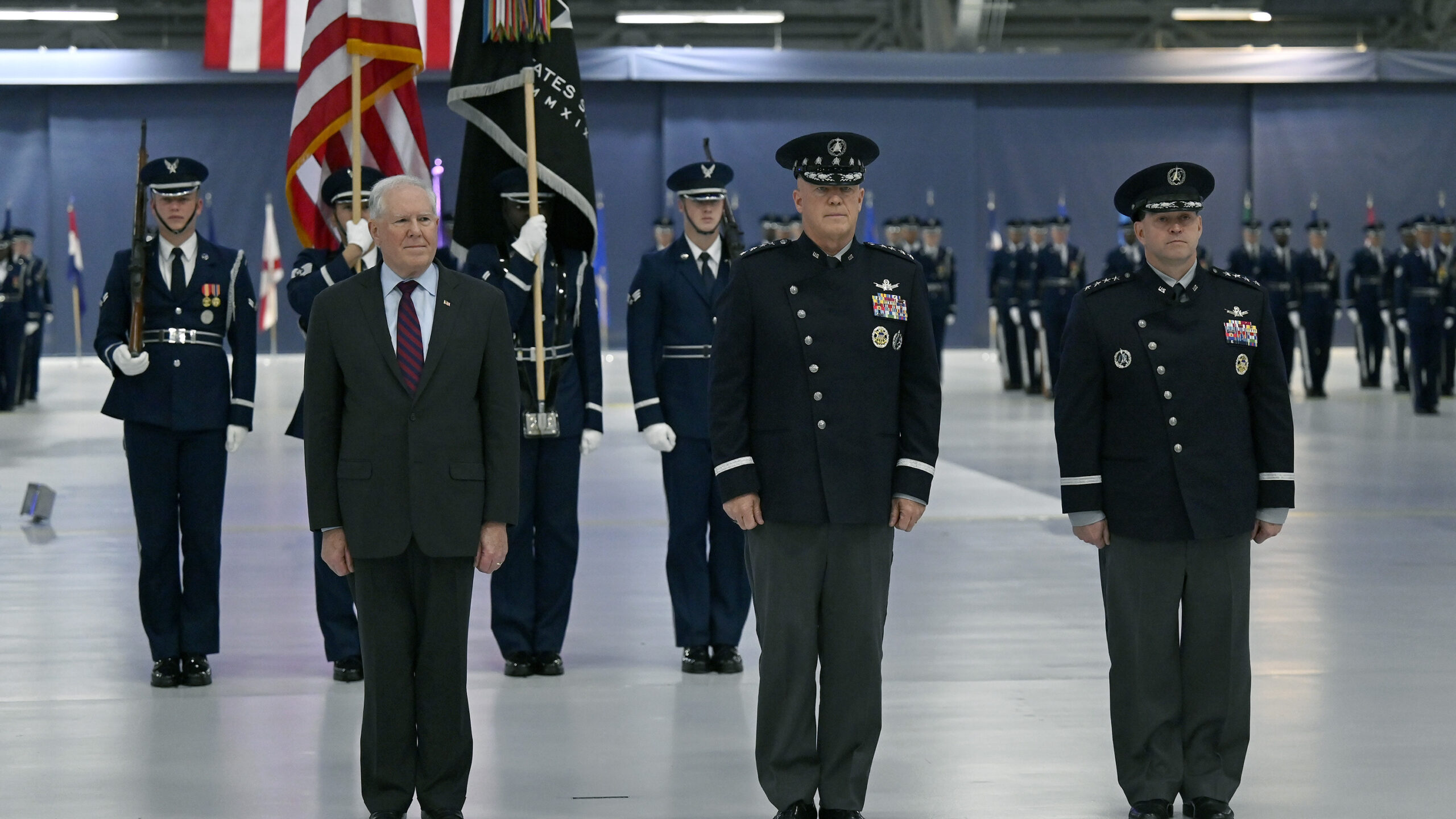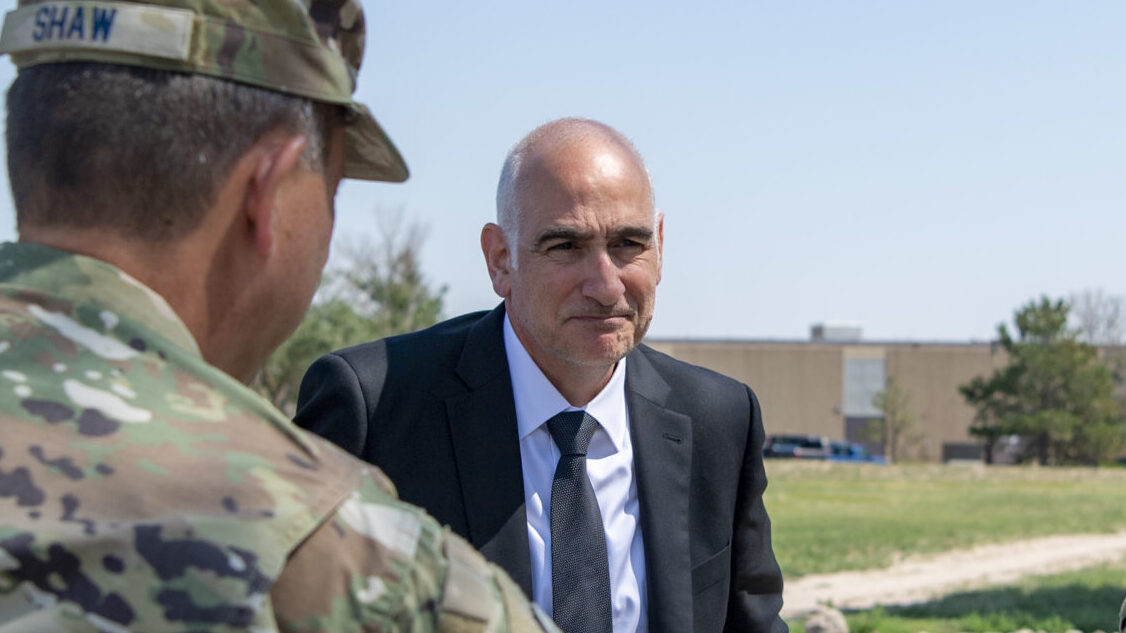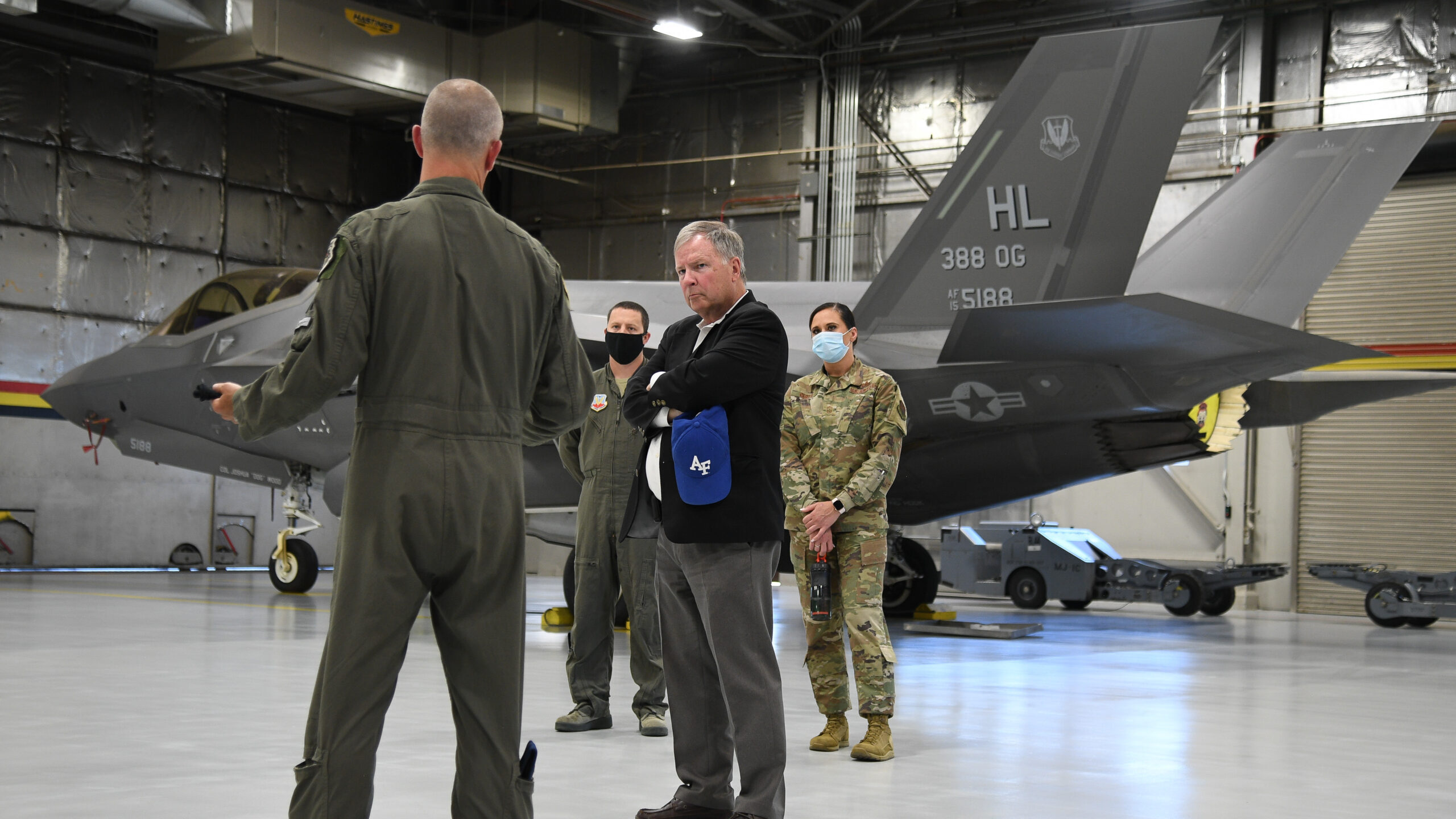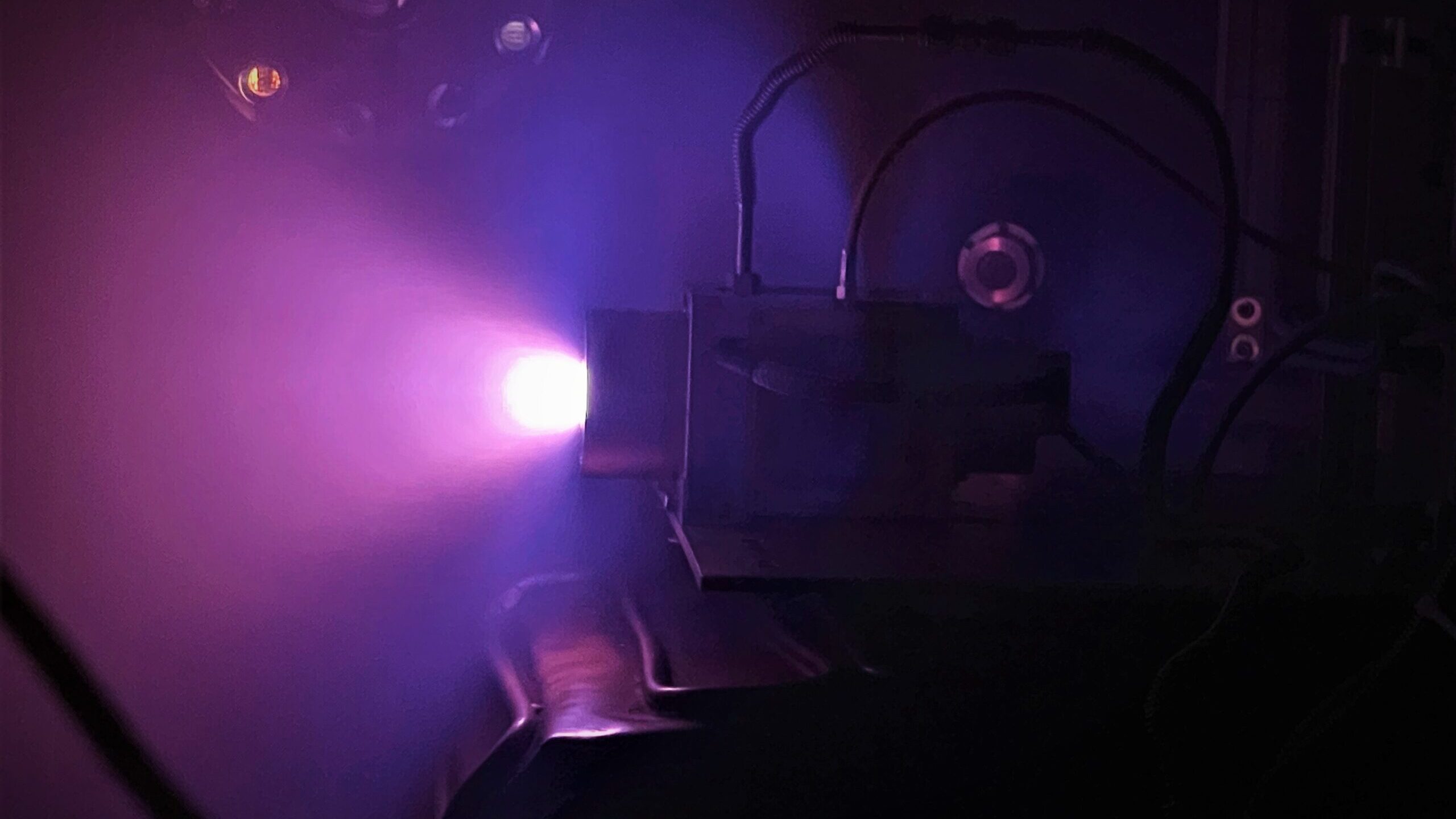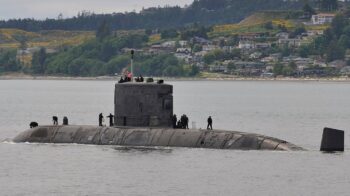

Meanwhile, the report says, the Space Force should be in charge of pursuing large networks of small satellites under the Space Development Agency’s Proliferated Warfighter Space Architecture (PWSA) — differentiating its “tactical ISR” job from the “strategic” mission of NRO.
By Theresa Hitchens
The company also is providing a ground system for the sensors that could provide data about interference threats to users across the Defense Department and Intelligence Community, said Josh Hartman of GEOST’s parent firm.
By Theresa Hitchens
The bulk of SDA’s FY24 request, some $4.1 billion, is in research, development, test and evaluation aimed at getting the first iterations of its planned satellites for both data relay, called the Transport Layer, and missile warning and tracking, called the Tracking Layer, into orbit.
By Theresa Hitchens
China’s growing number of intelligence, surveillance and reconnaissance satellites are “designed to find, fix, track and target US forces and allied forces. They’re designed to help kill sailors, airmen, soldiers, and Marines,” said Brig. Gen. Anthony Mastalir, head of the Space Force’s Indo-Pacific component command.
By Theresa Hitchens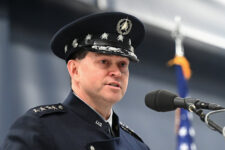
In a “Commander’s Note” dated March 3, obtained by Breaking Defense, Saltzman argues that the need for space superiority in the face of adversary threats is a key reason the Space Force was created.
By Theresa Hitchens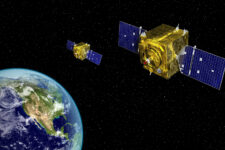
Stephen “Bucky” Butow, director of space at the Pentagon’s Defense Innovation Unit summed up the end goal for future operations as creating a “blue collar space.”
By Theresa Hitchens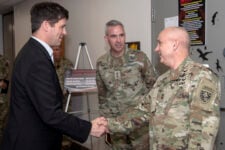
John Plumb, DoD assistant secretary for space policy, suggested overuse of SAPs is hindering information sharing across programs and, more importantly, to allies.
By Theresa Hitchens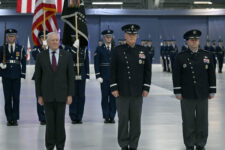
“A capable and resilient weapon system will be operationally ineffective if its personnel, expertise, tactical employment, and sustainment are insufficient for the mission,” Chief of Space Operations Gen. Chance Saltzman says in his first commander’s note on fielding combat-ready space forces.
By Theresa Hitchens
The Department of the Air Force aims to set up a new program office dedicated solely to “resiliency,” a key pillar of America’s space strategy.
By Theresa Hitchens
Learning from Russia’s failures in Ukraine, Chief of Space Operations Gen. Chance Saltzman said a key focus going forward is “making sure that not only do we have the systems to do the mission, but that our operators have the training the experience, and we have validated tactics that actually enable those capabilities.”
By Theresa Hitchens
John Plumb noted that his office now is working directly with the IC “on reducing some of those classification issues to the point where we can share” information with allies and partners to enable collaborative operations.
By Theresa Hitchens
Former NASA administrator Jim Bridenstine told Breaking Defense that Phase Four has the potential to “disrupt the in-space propulsion market,” and its technology “is important for the country.”
By Theresa Hitchens






